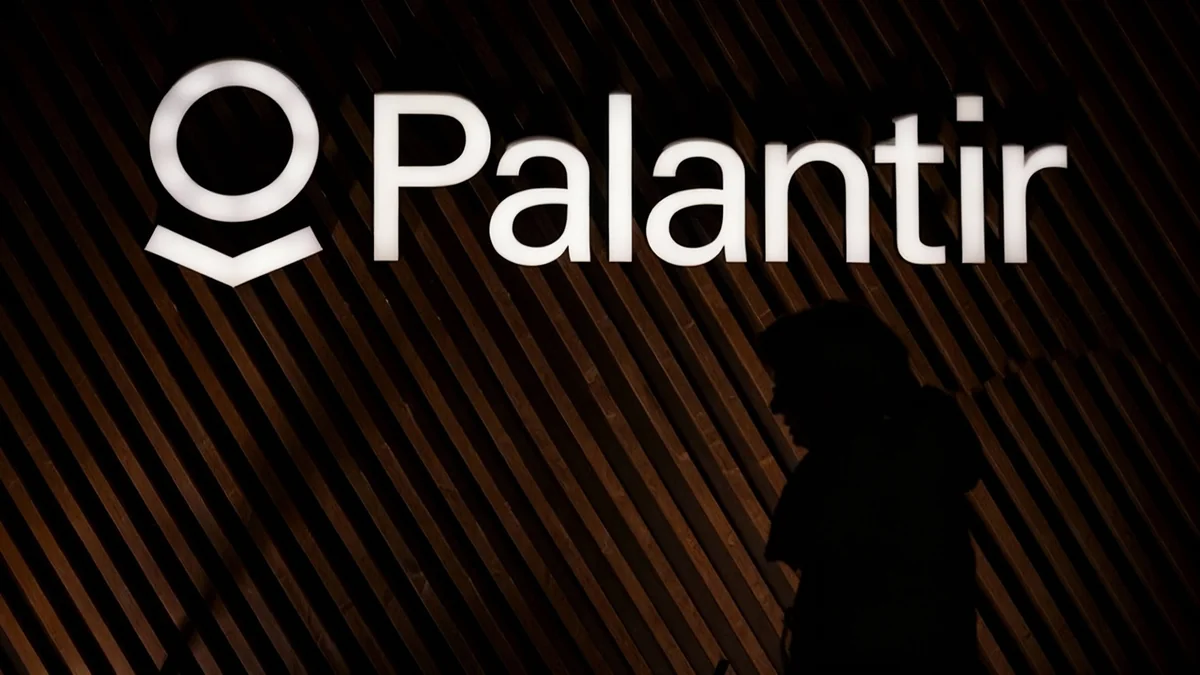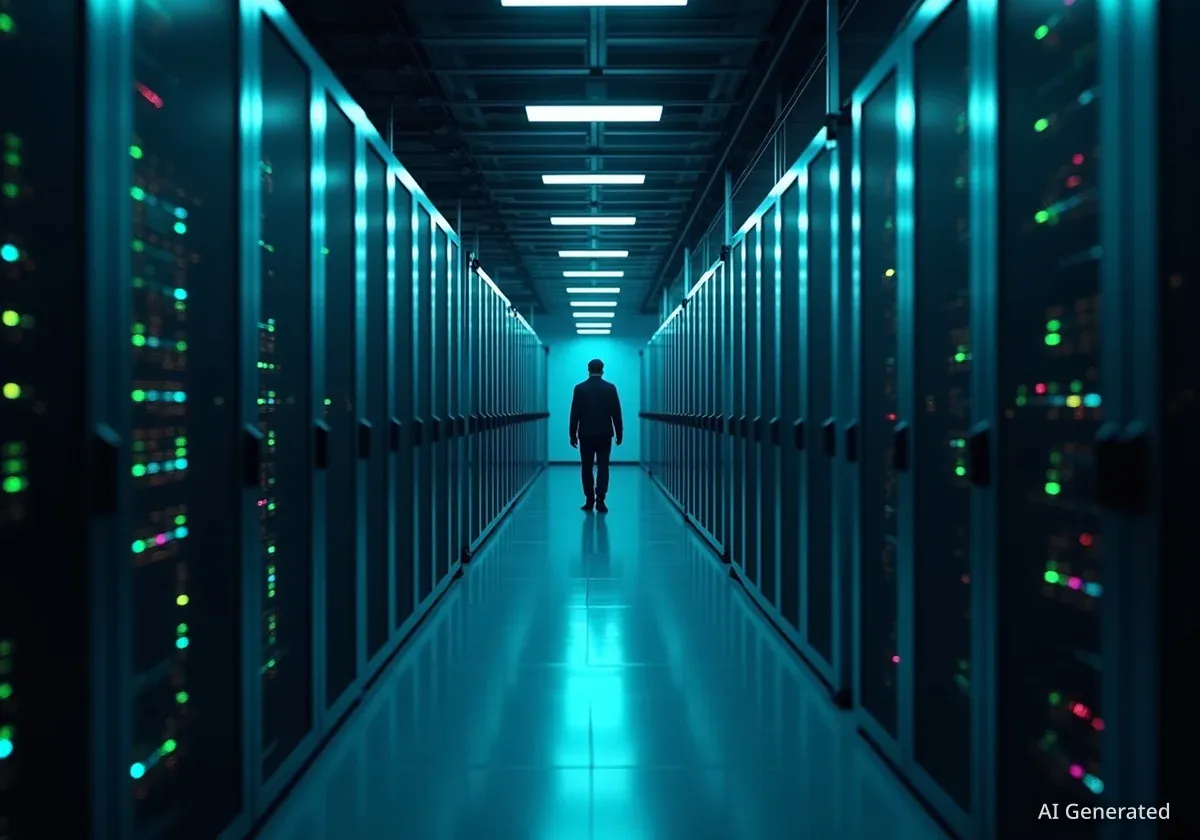Bret Taylor, the chairman of OpenAI and co-founder of Sierra Technologies Inc., is drawing parallels between the current artificial intelligence boom and the dot-com bust of the late 1990s. With a career spanning pivotal roles at Google, Facebook, and Twitter, Taylor's experience offers a unique perspective on Silicon Valley's cycles of hype and collapse.
Taylor, 45, emphasizes the importance of avoiding the mistakes of the past, particularly the pitfalls of unchecked growth and inflated valuations. His insights come as his own AI startup, Sierra, recently secured $350 million, valuing it at $10 billion.
Key Takeaways
- Bret Taylor, OpenAI chairman, sees parallels between the current AI boom and the 1999 dot-com bust.
- He advises caution against inflated valuations and 'believing your own bullshit' in the tech industry.
- Sierra Technologies, Taylor's AI startup, recently achieved a $10 billion valuation after a $350 million funding round.
- Taylor's career includes co-creating Google Maps, the Facebook 'Like' button, and leading Twitter's board during its sale to Elon Musk.
- Sierra focuses on practical AI applications in customer service, aiming to solve real-world problems.
Learning from History: The Dot-Com Echo
Taylor, a Stanford alumnus, witnessed the internet bubble burst firsthand as a student in 1999. He recalls the sudden disappearance of job offers and market value, with an estimated $5 trillion vanishing from the market. Companies like Sun Microsystems saw their market cap plummet by as much as 96%.
This historical context shapes Taylor's current outlook on the AI industry. He observes a similar euphoria today, marked by soaring valuations for AI startups and exceptionally high compensation packages for top researchers. This environment, he suggests, carries risks reminiscent of the past.
"I’ve seen so many companies grow and then go down, I probably do have a paranoia about that," Taylor states. "If you start to believe your own bullshit, the odds you’ll be able to see the future clearly are really quite low."
Tech Bust By The Numbers
- $5 Trillion: Estimated market value lost during the dot-com bust.
- 96%: Decline in Sun Microsystems' market cap after the bust.
- 25 Years: Time elapsed since the dot-com bubble burst.
A Quiet Influence in the Tech World
Despite his significant contributions, Taylor maintains a relatively low public profile. He co-created Google Maps, was instrumental in developing Facebook's 'Like' button, and served as Twitter's board chairman during its sale to Elon Musk. Most recently, he spearheaded OpenAI's $135 billion restructuring deal with Microsoft.
His disciplined approach and focus on tangible outcomes have defined his career. Taylor's journey began in the East Bay, teaching himself HTML and programming games on a TI-85 calculator. He even worked at a gas station, earning $4.25 an hour, to pay for car damages.
His early experiences, including a challenging introduction of Google Local, taught him resilience. A second chance from Google co-founder Larry Page led him to co-create Google Maps, a product that revolutionized navigation.
Taylor's Career Milestones
Bret Taylor has played key roles in some of tech's most iconic companies:
- Google: Co-created Google Maps.
- Facebook (Meta Platforms Inc.): Led development of the 'Like' button and served as CTO.
- Salesforce: Co-CEO after Quip acquisition.
- Twitter: Chairman of the board during its acquisition.
- OpenAI: Current chairman, instrumental in Microsoft deal.
- Sierra Technologies: Co-founder of AI customer service startup.
Sierra Technologies: Focusing on Real-World AI
Taylor's latest venture, Sierra Technologies, is tackling the often-frustrating world of customer service. The company aims to reimagine how consumers interact with companies like DirecTV, SiriusXM, and Wayfair when making complaints or returns.
Traditional customer service calls can cost providers around $20 per interaction, not to mention the potential loss of brand loyalty. Sierra's team of over 300 people is developing AI-powered text and voice agents designed to handle these inquiries smoothly, often without human intervention.
This focus on practical, problem-solving AI applications is crucial for avoiding another tech bubble, according to Taylor. He believes the industry needs to move beyond "gimmicky AI projects" and concentrate on solutions that offer genuine value.
The Future of AI: Beyond the Hype
Taylor views customer service as a strategic entry point for Sierra, potentially opening doors to various other revenue opportunities, much like how Square's credit card swiper led to loans and money transfers. Sierra is reportedly on track to exceed $100 million in annual recurring revenue this year.
He argues that a certain amount of "natural creative destruction" is healthy for the tech industry. While the dot-com bust eliminated many superficial startups like Pets.com and eToys, it paved the way for enduring companies like Google and Amazon.com Inc. to thrive in the Web 2.0 era.
Taylor's ambition is to build a company that stands the test of time, joining the ranks of truly enduring technology firms whose founders' names, like Hewlett and Packard, are etched into the foundations of institutions like Stanford's engineering centers.





